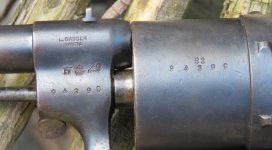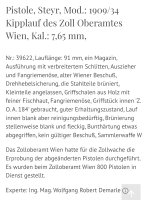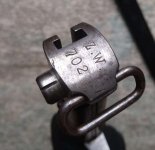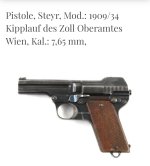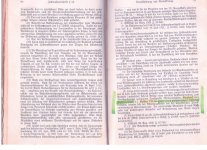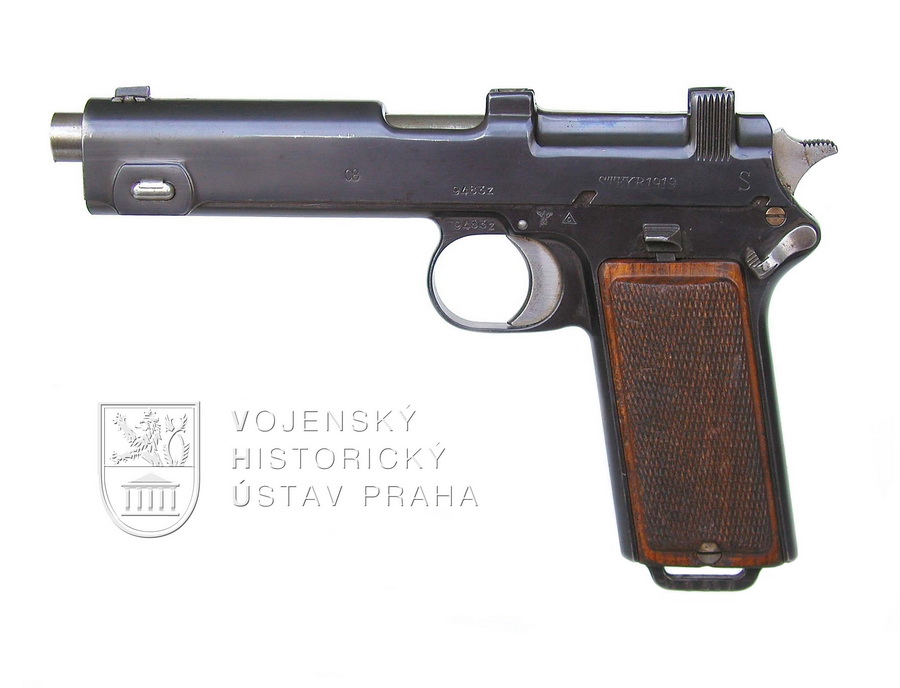AndyB
Senior Member
I could write in german by problems. Anyway You should ask Rupert R. as he is expert on first republic, about the HV marking i have got information directly from him. Same he wrote already a extended article about the hidden depot weaponry with listing of various arms used in first austrian republic. I got this information from Heino H. a Steyr historian directly from Austria. When You look at last presented pistol in link, there is still a imperial eagle proof on grip strap sling. Anyway as mentioned there was only Bundeszeichen in many cases stamped instead of full HV crest and date stamp. Personally i dont believe there exist many unreworked arms from the period 1920-30 as majority were refurbished in early 30ies. Maybe You should go to HGM or discusse it with Moetz or Schuyi directly.
In the manowars page about austro-ugrian arms, there is still a Wn bundeszeichen 25 marked Roth M7, also the HV is date from 1926 as the Vorschrift was accepted december 1925.
In the manowars page about austro-ugrian arms, there is still a Wn bundeszeichen 25 marked Roth M7, also the HV is date from 1926 as the Vorschrift was accepted december 1925.
Roth Steyr M1907 Pistol Austro-Hungarian Weapons
Austro-Hungarian Roth Steyr M1907 Pistol
www.hungariae.com
Last edited:

